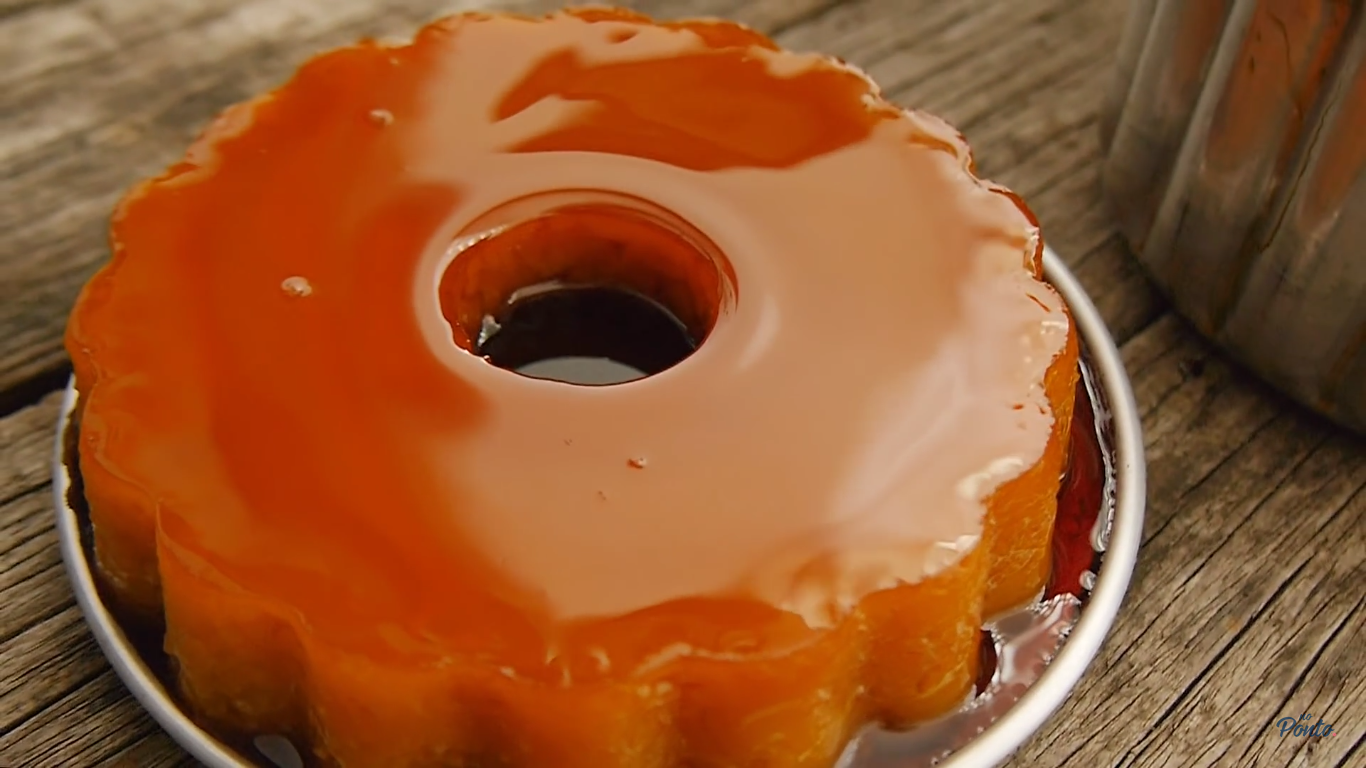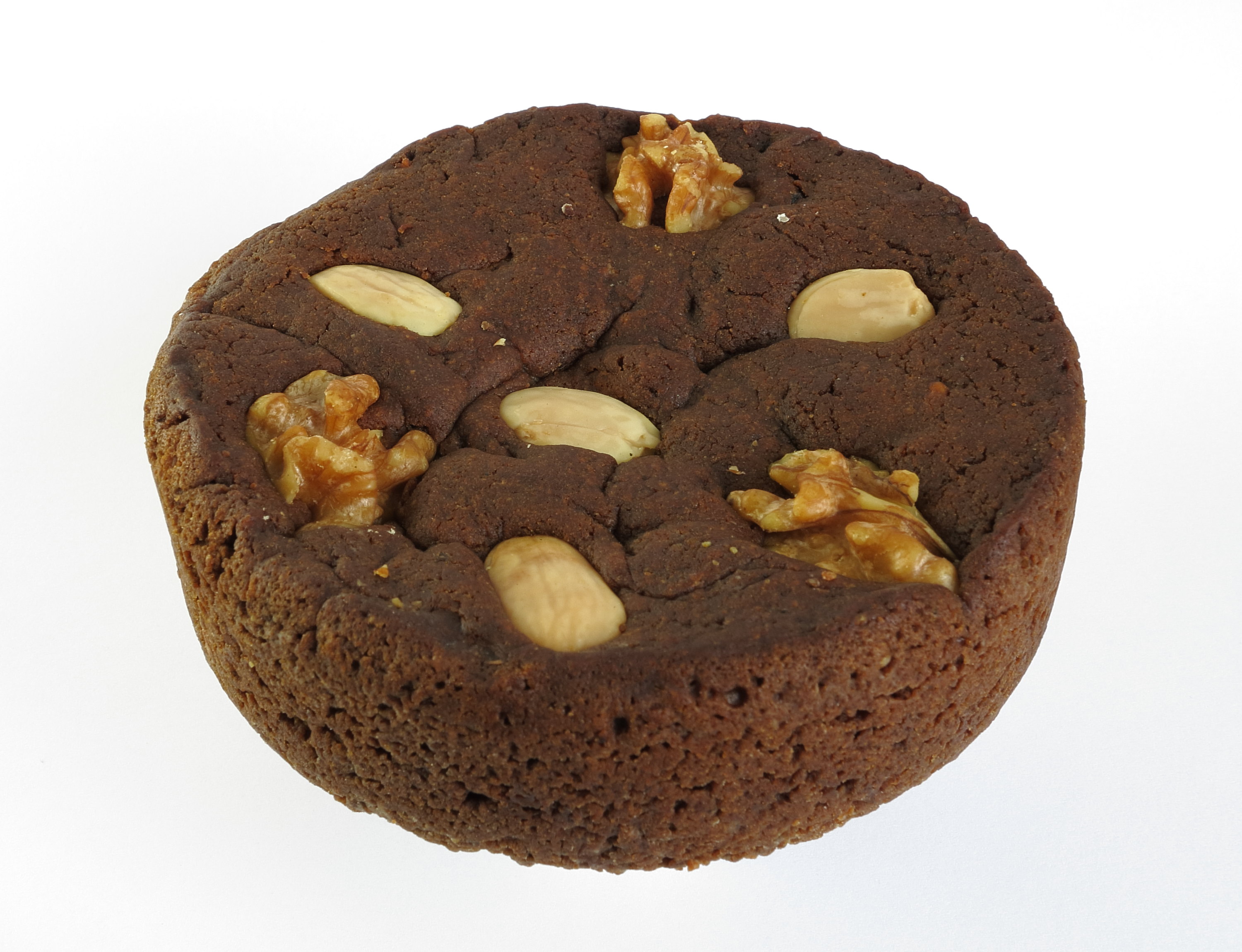Conventual Sweet on:
[Wikipedia]
[Google]
[Amazon]
 Conventual sweets ( pt, Doçaria Conventual) are a typical part of the Portuguese cuisine and a generic term to a variety of sweets in Portugal. As the name implies, conventual sweets were made by nuns who lived in the Portuguese convents and monasteries. Starting in the 15th century, these sweets have since integrated in the Portuguese cuisine and in former Portuguese colonies. Conventual sweets have sugar, egg yolks and almond as ingredients of choice.
Conventual sweets ( pt, Doçaria Conventual) are a typical part of the Portuguese cuisine and a generic term to a variety of sweets in Portugal. As the name implies, conventual sweets were made by nuns who lived in the Portuguese convents and monasteries. Starting in the 15th century, these sweets have since integrated in the Portuguese cuisine and in former Portuguese colonies. Conventual sweets have sugar, egg yolks and almond as ingredients of choice.

 * Meias Luas
*
* Meias Luas
*
* Sapateta
* Perronilha
* Lérias de Amarante
* Tabefe
* Pescoços de freira
* Amarantino
* Pão podre
* Foguetes de Amarante
 * Pastel do Lorvão
* Nabada de Semide
* Morcelas de Arouca
* Arrufada
* Nógado de Semide
* Pudim de Ovos das Clarissas (Coimbra)
* Melícias
* Trouxas de ovos moles
*
* Pastel do Lorvão
* Nabada de Semide
* Morcelas de Arouca
* Arrufada
* Nógado de Semide
* Pudim de Ovos das Clarissas (Coimbra)
* Melícias
* Trouxas de ovos moles
*
 * Sonhos da Esperança
* Sopapo do Convento
* Palha de Abrantes
* Celeste de Santarém
* Fatias de Tomar
* Tigeladas
* Broas das Donas
* Bica
* Sonhos da Esperança
* Sopapo do Convento
* Palha de Abrantes
* Celeste de Santarém
* Fatias de Tomar
* Tigeladas
* Broas das Donas
* Bica
 * Bom bocado
* Argolas
* Travesseiros
* Tibornas
* Bolos de Abóbora
* Brisa do Lis
* Delícias de Frei João
* Fitas de Páscoa
* Castanhas de Ovos
* Marmelada Branca de Odivelas
* Pão-de-Ló de Alfeizerão
* Nozes de Cascais
* Pastel de feijão
* Bom bocado
* Argolas
* Travesseiros
* Tibornas
* Bolos de Abóbora
* Brisa do Lis
* Delícias de Frei João
* Fitas de Páscoa
* Castanhas de Ovos
* Marmelada Branca de Odivelas
* Pão-de-Ló de Alfeizerão
* Nozes de Cascais
* Pastel de feijão
 * Biscoita
* Bolo de alfarroba
* Bolo de chila e amêndoa
* Bolo de amêndoas e nozes
* Doce fino
*Morgado
* Queijo de figo
* Queijinhos
* Dom Rodrigo
* Massapão
* Pudim da Serra
* Torta de alfarroba
* Torta de amêndoa
* Biscoita
* Bolo de alfarroba
* Bolo de chila e amêndoa
* Bolo de amêndoas e nozes
* Doce fino
*Morgado
* Queijo de figo
* Queijinhos
* Dom Rodrigo
* Massapão
* Pudim da Serra
* Torta de alfarroba
* Torta de amêndoa
 * Bolo preto
* Bolo de mel
* Bolinhos de azeite
* Mexericos de freiras
* Frangolho
* Creme de chocolate madeirense
* Bolo preto
* Bolo de mel
* Bolinhos de azeite
* Mexericos de freiras
* Frangolho
* Creme de chocolate madeirense
 * Bolo micaelense
* Bolo do diabo
* Hóstias de amêndoa
* Malassada
* Rendilhado
*Coquinho
* Cornucópia
* Pudim Irmã Bensaúde
* Bolo micaelense
* Bolo do diabo
* Hóstias de amêndoa
* Malassada
* Rendilhado
*Coquinho
* Cornucópia
* Pudim Irmã Bensaúde
 Conventual sweets ( pt, Doçaria Conventual) are a typical part of the Portuguese cuisine and a generic term to a variety of sweets in Portugal. As the name implies, conventual sweets were made by nuns who lived in the Portuguese convents and monasteries. Starting in the 15th century, these sweets have since integrated in the Portuguese cuisine and in former Portuguese colonies. Conventual sweets have sugar, egg yolks and almond as ingredients of choice.
Conventual sweets ( pt, Doçaria Conventual) are a typical part of the Portuguese cuisine and a generic term to a variety of sweets in Portugal. As the name implies, conventual sweets were made by nuns who lived in the Portuguese convents and monasteries. Starting in the 15th century, these sweets have since integrated in the Portuguese cuisine and in former Portuguese colonies. Conventual sweets have sugar, egg yolks and almond as ingredients of choice.
History
Conventual sweets have always been present in the meals that were served in the convents, but only from the 15th century, with the dissemination and expansion of sugar, did they reach notoriety. Sugar cane production was tried in the Algarve, followed byMadeira
)
, anthem = ( en, "Anthem of the Autonomous Region of Madeira")
, song_type = Regional anthem
, image_map=EU-Portugal_with_Madeira_circled.svg
, map_alt=Location of Madeira
, map_caption=Location of Madeira
, subdivision_type=Sovereign st ...
in the 15th century. At the time Portugal was one of the largest egg producers in Europe and the excess amount of egg yolks was initially thrown away or given to animals as food. With the expansion of the Portuguese empire and the large-scale arrival of sugar from the Portuguese colonies, a new destination was given to the egg yolks. From the 16th century, the art of confectionery is cultivated, with great refinement, by almost all Monasteries and Convents in the country. From the middle of the 19th century, when the extinction of Religious Orders in Portugal was decreed, nuns and monks were faced with the need to raise money for their livelihood. The sale of Conventual sweets was one of the ways found to minimize their financial situation. These recipes were then passed from generation to generation and have since integrated in the Portuguese cuisine.
Non-specific to a province
* Castanhas de Ovos * Suspiro * Cavaca * Lampreia de ovos * Pão-de-ló * Toucinho do Céu * Filhós * Rabanadas * Pastel de nata * Fios de ovos *Papo-de-anjo
' or ' , roughly translated as "angel's double chin", is a traditional Portuguese dessert made chiefly from whipped egg yolks, baked and then boiled in sugar syrup. The name is typically pronounced or in Portugal, or in Brazil.
Like '' ...
Specific to a province
 * Meias Luas
*
* Meias Luas
*Papas Doces de Carolo
Pappas or Papas ( el, Παππάς, ) is a Greek surname, which means "priest" ( occupational surname). In the United States, it is often a shortened form of a longer surname like ''Papadopoulos'' or ''Papageorgiou''.Louis Adamic, ''What's Your Nam ...
* Fidalguinhos
*Pudim Abade de Priscos
Abbot of Priscos pudding ( pt, Pudim Abade de Priscos) is a typical Portuguese dessert, a rich crème caramel pudding created by Father Manuel Joaquim Machado Rebelo, the Abbot of Priscos, in the 19th century. The pudding is unique in that it c ...
* Fataunços (Braga)
* Charuto de Ovos
*Pastel de São Francisco
A pastel () is an art medium in a variety of forms including a stick, a square a pebble or a pan of color; though other forms are possible; they consist of powdered pigment and a binder. The pigments used in pastels are similar to those us ...
* Bolacha do Bom Jesus
* Morcela Doce de Arouca
* Clarinha de Fão
* Barriga de Freira
Trás-os-Montes
Trás-os-Montes () is a geographical, historical and cultural region of Portugal.
Portuguese for "behind the mountains", Trás-os-Montes is located northeast of the country in an upland area, landlocked by the Douro and Tâmega rivers to south a ...
* Morcelas
* Jerimús
* Madalenas do Convento
* Doce de viúvas
* Bolo de nozes de Bragança
* Sestas
* Pitos de Santa Luzia
* Creme da madre Joaquina
* Velharoco
* Queijadas de gila
Manjar Branco
Manjar branco is a pure white Brazilian coconut pudding similar to blancmange. It is identical to the Puerto Rican tembleque. In Brazil manjar branco is made in a ring (Savarin) mold and is served with a sauce made of pitted prunes poached in po ...
*Queijada de Pereira
Queijada is a type of sweet made most famously in Sintra, Portugal. It is a small sweet prepared using cheese or requeijão, eggs, milk, and powdered sugar. Other queijadas are produced in Madeira, Azores, Oeiras, Évora and Pereira (Montemor- ...
*Pastel de Tentúgal
Pastel de Tentúgal (Tentúgal Pastry) is a Portuguese pastry originating in Tentúgal, in the municipality of Montemor-o-Velho. This conventual sweet was first created sometime in the 16th century by Carmelite nuns
, image = ...
*Ovos Moles de Aveiro
Ovos moles de Aveiro (literally, "soft eggs from Aveiro")—sometimes written as ovos-moles de Aveiro—are a local pastry delicacy from Aveiro District, Portugal, made of egg yolks and sugar, and sometimes chocolate. This mixture is then put in ...
Beira Alta Beira Alta may refer to:
* Beira Alta Province, a province in the north of Portugal
* Beira Alta (region)
Beira Alta was one of the 13 regions of continental Portugal identified by geographer Amorim Girão, in a study published between 1927 and 193 ...
& Beira Baixa Beira Baixa may refer to the following places in Portugal:
*Beira Baixa Province, a former administrative division
*Beira Baixa (intermunicipal community)
The Comunidade Intermunicipal da Beira Baixa () is an administrative division in eastern Po ...
* Lâminas
* Grade
* Bolo de São Vicente
* Argolinhas do Loreto
* Taroucos de Salzedas
* Esquecidos
* Cavacas de Santa Clara
* Bica
* Bolo Paraíso
* Bolo São Francisco
* Sardinhas Doces de Trancoso
 * Sonhos da Esperança
* Sopapo do Convento
* Palha de Abrantes
* Celeste de Santarém
* Fatias de Tomar
* Tigeladas
* Broas das Donas
* Bica
* Sonhos da Esperança
* Sopapo do Convento
* Palha de Abrantes
* Celeste de Santarém
* Fatias de Tomar
* Tigeladas
* Broas das Donas
* Bica
 * Bom bocado
* Argolas
* Travesseiros
* Tibornas
* Bolos de Abóbora
* Brisa do Lis
* Delícias de Frei João
* Fitas de Páscoa
* Castanhas de Ovos
* Marmelada Branca de Odivelas
* Pão-de-Ló de Alfeizerão
* Nozes de Cascais
* Pastel de feijão
* Bom bocado
* Argolas
* Travesseiros
* Tibornas
* Bolos de Abóbora
* Brisa do Lis
* Delícias de Frei João
* Fitas de Páscoa
* Castanhas de Ovos
* Marmelada Branca de Odivelas
* Pão-de-Ló de Alfeizerão
* Nozes de Cascais
* Pastel de feijão
Alentejo
Alentejo ( , ) is a geographical, historical, and cultural region of south–central and southern Portugal. In Portuguese, its name means "beyond () the Tagus river" (''Tejo'').
Alentejo includes the regions of Alto Alentejo and Baixo Alent ...
* Bolo podre
* Fatias reais
* Bolo de chavão
* Coalhada do Convento
* Biscoitos do Cardeal
* Padinhas
* Almendrados
* Orelhas de Abade
* Sopa dourada de Santa Clara
* Bom bocado
* Encharcada
* Sericaia
* Pão de rala
* Formigos
* Tiborna de Ovos
* Torrão Real de Ovos
* Bolo Fidalgo
* Queijo Dourado
* Presunto Doce
Madeira
)
, anthem = ( en, "Anthem of the Autonomous Region of Madeira")
, song_type = Regional anthem
, image_map=EU-Portugal_with_Madeira_circled.svg
, map_alt=Location of Madeira
, map_caption=Location of Madeira
, subdivision_type=Sovereign st ...
 * Bolo micaelense
* Bolo do diabo
* Hóstias de amêndoa
* Malassada
* Rendilhado
*Coquinho
* Cornucópia
* Pudim Irmã Bensaúde
* Bolo micaelense
* Bolo do diabo
* Hóstias de amêndoa
* Malassada
* Rendilhado
*Coquinho
* Cornucópia
* Pudim Irmã Bensaúde
References
{{reflist Portuguese cuisine Portuguese desserts